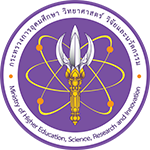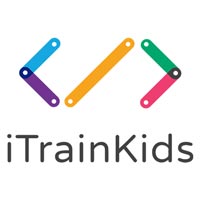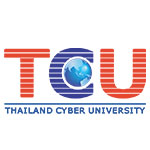The skills educators have learned in lockdown will profoundly affect future practice
- Jon Scott, Teacher and Education Technology Consultant
What do teachers say they need to support themselves and their students better during this lockdown? In a survey of 256 science teachers carried out by the Association for Science Education (ASE https://www.ase.org.uk/) two weeks into the school closure, the clearest call was for CPD. This is an important finding and indeed we must ensure that our skills are developed properly as we acquire new technological tools. Also high on the list was the signposting of online resources for the whole community, including parents, many of whom are taking a more active role in schooling their own offspring and asking us to provide some leadership. Puzzles and video demonstrations were also up there but ranking surprisingly low was the desire for hosted chat. There has been much media interest in the way society has turned to video conferencing, but it is not necessarily our priority as teachers to hold live lessons or conversations—certainly not with the degree of frequency we would find in a ‘normal’ school day.
The majority of the interaction between teachers and students taking place during this lockdown is asynchronous—meaning they are not working together at the same time. Now, that is a term I learned when I enlisted for a Massive Online Open Course (MOOC) a couple of years back, and had my first experience of distance learning alongside a class of thousands, learning about virtual instruction itself. There were some pre-recorded videos with questions, but the majority of assignments were text-based, well referenced online, and we marked each others’ work…all asynchronously. There is certainly a place in distance learning for live conversation, question and answer, and collaboration between learners. Indeed, I spoke with one student recently who told me that it just wasn’t possible for them to learn new concepts at A level without being ‘taught’ by someone. But in terms of workload for both students and teachers, pace of learning, access to technology, and even safeguarding, the best route into the new world of distance learning may be through a largely asynchronous pedagogy. This has important implications for the retention of teachers that I feel we must start to explore more seriously.
Like many teachers, in a school already equipped with Office 365, I have discovered much more about Microsoft Teams over the past few weeks. I previously used Teams most when working with colleagues across different schools, sometimes to communicate with my classes, and a little for sharing tasks with students visiting the school. For many, Teams has become the go-to tool in recent weeks. There are some great features within the education version of Teams, which allow resources to be shared, assignments to be set and submitted, and collaboration encouraged. Each class becomes a Team within the app and from there it is very straightforward to share all manner of resources or schedule and stream virtual lessons through the Meetings feature. And just as simple to record a meeting and share the video with the class to watch in their own time, asynchronously. In addition, there are a range of apps that may be added to Teams through the Teams App Store. Beedle Planning, https://beedle.co/ for example—an app I have been helping to develop—facilitates intuitive planning for teachers, allowing lesson plans and resources to be made available to both staff and students from a shared calendar.
Whatever solution you have found works for you and your students, I hope you agree that much of the technology that we have discovered and the skills we have acquired will profoundly affect our future practice and that when we are back in our buildings with our students and colleagues we will continue to employ our new skills to the benefit of all.

.png?width=423&height=100&ext=.png)





.png?ext=.png)




















